Understanding Your Car Insurance Coverages
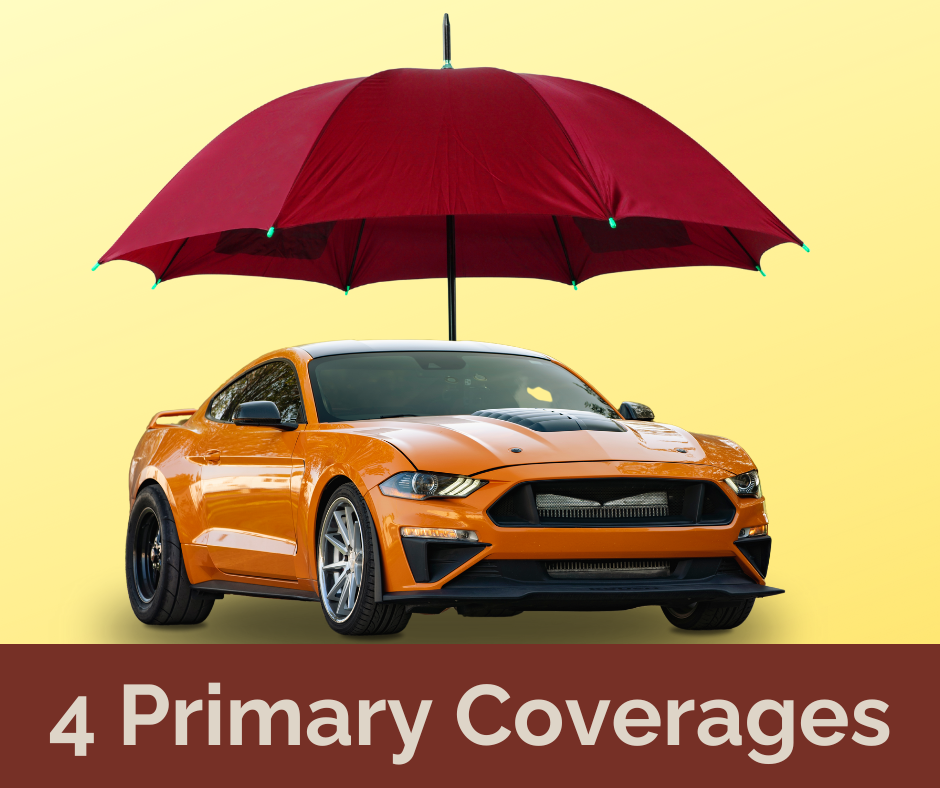
There are 4 primary car insurance coverage options
Coverage A
Pays for injuries and property damage that you cause to others in a car accident
Coverage B
Pays for medical expenses after an accident, regardless of fault
Coverage C
This coverage pays medical expenses caused by drivers who have insufficient or no insurance
Coverage D
Includes collision coverage for vehicle damage and comprehensive coverage

Montana drivers must balance legal requirements and personal protection
While the state mandates minimum liability coverage (Coverage A), additional coverages can provide safeguards against unexpected costs
Let’s explore your coverage options to help you tailor a policy that fits your unique needs
Coverage A: Liability Insurance
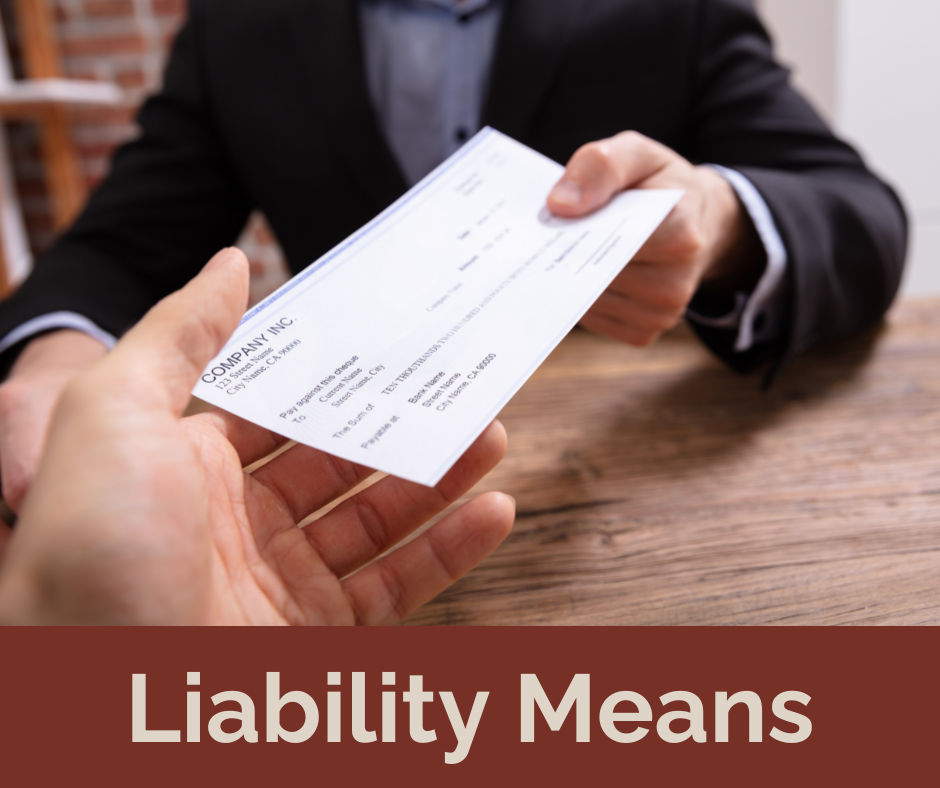
Liability Insurance is What Pays the “Other Guy”
MCA 61-6-103
Drivers in Montana are required by Law to carry minimum liability coverage
The purpose of this coverage is to demonstrate financial responsibility
- The Liability limits mandated by the State of Montana are as follows:
- $25,000 because of bodily injury to or death of one person in any one accident and subject to the limit for one person
- $50,000 because of bodily injury to or death of two or more persons in any one accident; and
- $20,000 because of injury to or destruction of property of others in any one accident
Effectively, if you are responsible for an accident, your insurance will pay “the other guy” up to the limits of your policy for bodily injury and property damage
Driving on Montana roads without this coverage has significant consequences when you are caught in the act
Penalties may include fines, license suspension, and even jail time see: Uninsured Drivers in Montana: You Need to Know This!
Coverage B: Medical Payments
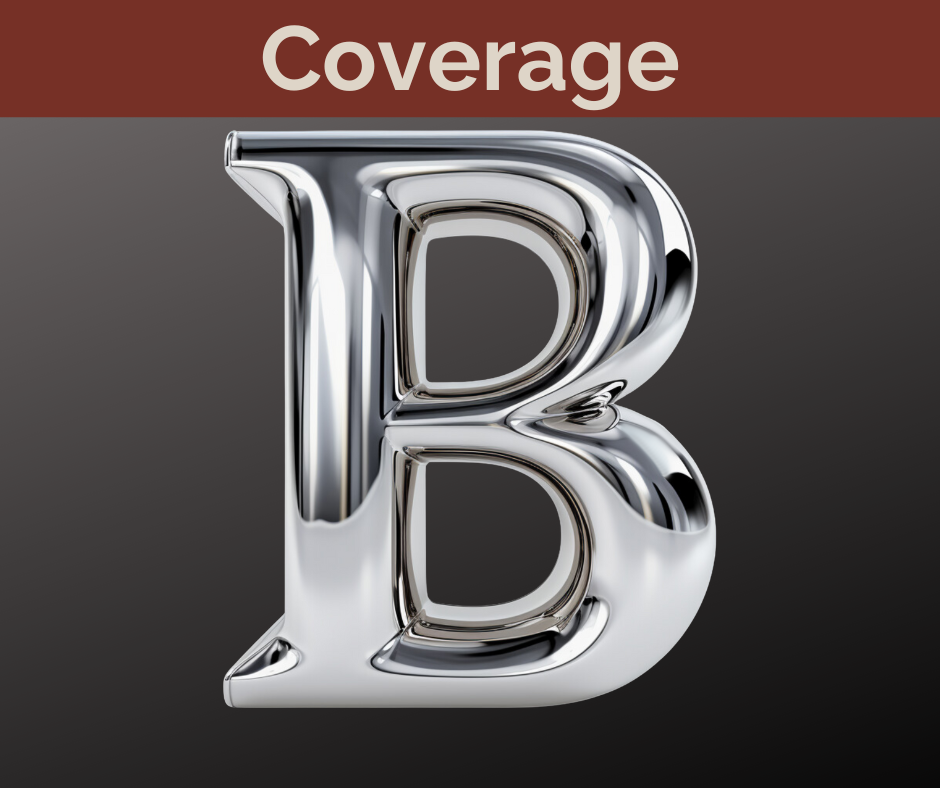
Medical Payments Covers Your Passengers
MedPay
Commonly known as “med pay”, this coverage is designed to pay for medical expenses resulting from injuries sustained in a car accident, regardless of who is at fault
Montana does not mandate this type of car insurance coverage but, as an optional coverage, it can be beneficial
- The main features of this type of coverage include the following:
- Covers medical expenses for you and your passengers after a car accident
- Applies regardless of fault, ensuring coverage even if you are at fault in an accident
- Helps pay for out-of-pocket costs like health insurance deductibles, co-pays, doctor visits, X-rays, ambulance fees, and nursing services
- Extends coverage to you as a pedestrian if you are hit by a vehicle
- Typically offers lower limits compared to other types of insurance (e.g., $5,000–$10,000)
Coverage C: Uninsured/Underinsured
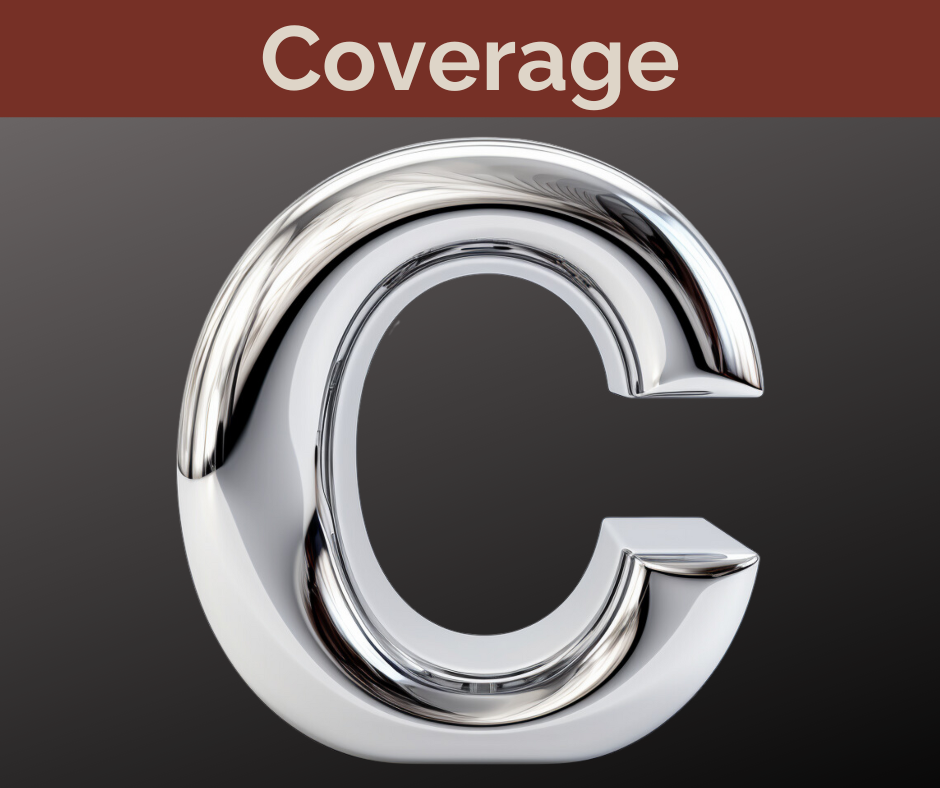
Coverage C is for when the “Other Guy” doesn’t pay
Uninsured/Underinsured Coverage
This optional coverage is designed to protect you if you are involved in an accident with a driver who has no insurance or insufficient insurance to cover the damages they caused
The national rate of uninsured drivers in the United States is estimated to be 14.0%
In Montana, the rate of uninsured drivers is 8.5% which is about 1 in 12 drivers and is significant
- Here is how it can benefit you:
- Financial Protection: UM/UIM coverage helps protect against potential out-of-pocket expenses resulting from accidents with these drivers
- Medical Expense Coverage: It helps pay for medical bills and lost wages, if you’re injured in an accident caused by an uninsured or underinsured driver
- Supplemental Coverage: Given Montana’s minimum liability requirement of $25,000, which can be quickly exhausted in serious accidents, UIM coverage can cover remaining losses beyond this amount
- Personal and Portable: This coverage extends beyond your vehicle, protecting you even as a pedestrian if struck by an uninsured or underinsured driver
- Hit-and-Run Protection: UM coverage can apply in hit-and-run accidents where the at-fault driver cannot be identified or found
You Should Know This
If you are hit by an uninsured or underinsured driver in Montana, the coverage typically applies to bodily injury but does not generally apply to property damage
- Bodily Injury: Uninsured/Underinsured Motorist (UM/UIM) coverage primarily focuses on bodily injury. It helps pay for medical expenses & lost wages if you’re injured in an accident caused by an uninsured or underinsured driver
- Property Damage: While UM/UIM coverage can include property damage protection, it’s not always automatically included because it is better covered under Coverage D
- Coverage Limits: The limits for UM/UIM coverage in Montana are typically set to match your liability coverage limits. For example, if your liability coverage is $25,000/$50,000/$20,000, your UM/UIM coverage would typically have limits of $25,000/$50,000
Coverage D: Damage to Your Own Vehicle
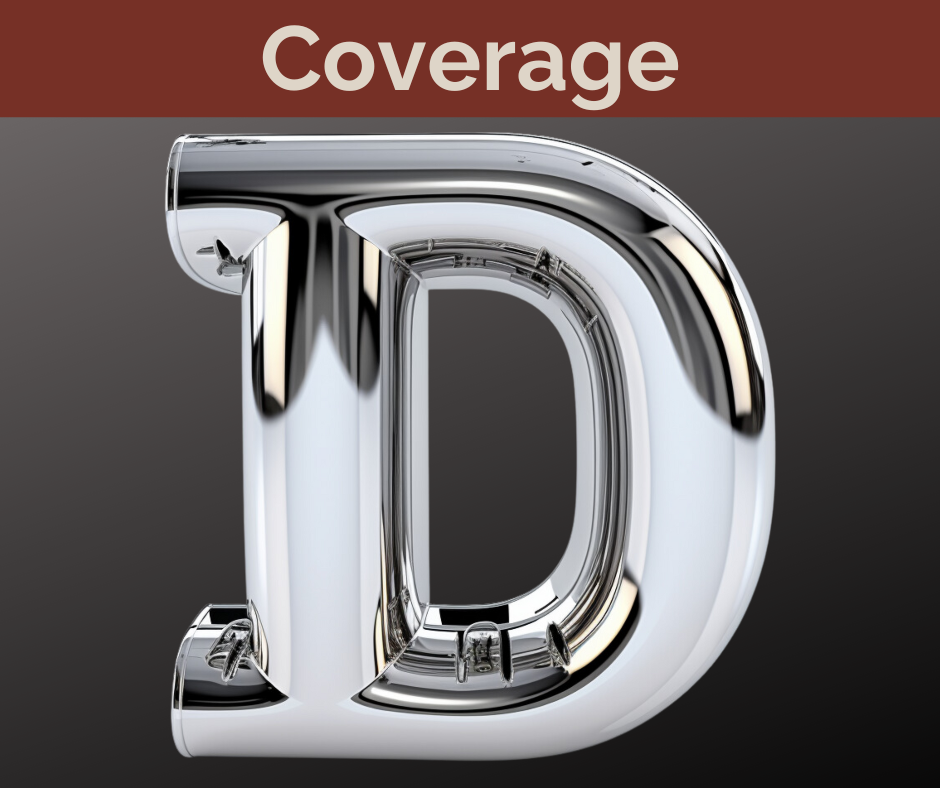
Coverage D Fixes Your Car
Damage to Your Own Vehicle
This type of coverage has two main components Collision and Comprehensive coverage
Both coverages are optional in most states but may be required by lenders if you’re financing or leasing a vehicle
Collision and comprehensive coverages are designed to protect your own vehicle from different types of damage
Collision
Pays for damage to your car resulting from a collision with another vehicle or object
Covers accidents like hitting another car, a tree, or rolling over
Comprehensive
Protects against theft, vandalism, fire, natural disasters, falling objects, and animal collisions
Covers damage to your car from events other than collisions
Deductibles
A deductible is the amount of money you must pay out of pocket when filing a claim for damages or losses covered under your policy
- Comprehensive & Collision coverages have deductibles:
- Deductible amounts can vary, often ranging from $250 to $1,000 or more
- If you have a $500 deductible and your car sustains $2,000 in covered damage:
- You would pay the first $500
- Your insurance would then cover the remaining $1,500
- A higher deductible lowers your premium, while a lower deductible means higher premiums
Loss Settlement
The Loss Settlement is the process of determining and paying out the amount owed to a policyholder when their vehicle is damaged or destroyed in a covered incident
The loss settlement for standard car insurance is typically based on actual cash value (ACV)
Value Considerations that Can Influence Decisions
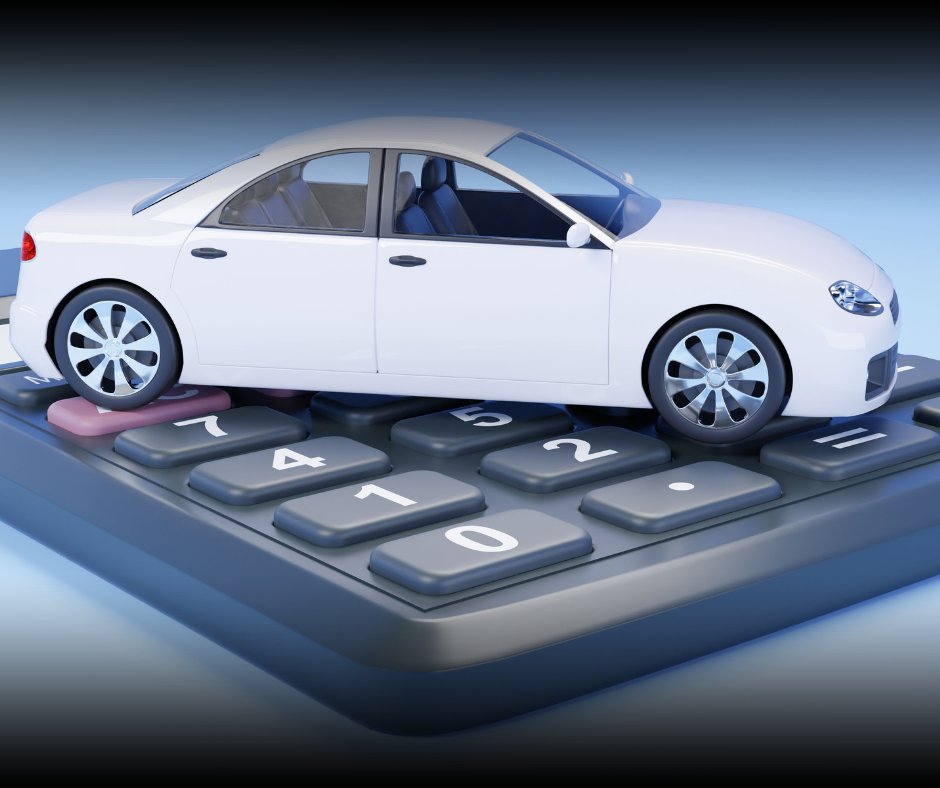
The vehicle’s value might influence a driver’s decision
- For newer or more expensive vehicles:
- These coverages are often recommended or required (if financed)
- The potential financial loss from damage or theft is greater
- For older or less valuable vehicles:
- The cost of coverage might outweigh the vehicle’s value
- Some drivers opt to “self-insure” by saving the premium money
Example
If your car is worth $2,000 and collision coverage costs $500 per year with a $1,000 deductible
In a total loss, you’d only receive $1,000 from insurance ($2,000 value minus $1,000 deductible)
You might decide it’s not worth paying $500 annually for this protection
Claim Process
Each claim you file may affect your future premiums
- The process generally follows these steps:
- Report the incident:
- Contact your insurance company as soon as possible after the event
- Provide details about what happened, when, and where
- Document the damage:
- Take photos of the damage to your vehicle
- Gather any relevant information (e.g., police report for accidents or theft)
- Insurance assessment:
- An insurance adjuster will evaluate the damage
- They may inspect your vehicle in person or use photos you provide
- Repair options:
- You can usually choose your preferred repair shop
- Some insurers have networks of approved shops that may streamline the process
- Payment:
- You pay the deductible amount
- The insurance company pays the repair shop directly for the remaining cost
- For a total loss, the insurer typically pays you the actual cash value of the vehicle minus your deductible
- Claim closure:
- Once repairs are complete or payment is made for a total loss, the claim is closed
- Report the incident:
Additional Factors to Consider

Consider the Bigger Picture
You may also want to consider a broader context that could influence your decision of car insurance coverages
Factors to Consider in Montana
- Uninsured driving rate in Montana is 8.5%
- That’s about 1 out of every 12 drivers
- Montana is ranked second in the US for fatal crashes by the National Highway Traffic and Safety Administration (NHTSA)
- Highest rate of drunk drivers in the nation
- Montana excels at Risky Driving Behaviors
- High rates of speeding
- Driving without seat belts
- Driving under the influence
- Environmental Challenges
- Rural roads with challenging conditions
- Snow-covered highways
- Deer-populated areas
- High-speed limits
- Increasing population and traffic
- The state is ranked 4th most dangerous state to drive in, according to a study using Federal Highway Administration’s 2020 highway statistics report
Primary Takeaways for Montana Drivers
- Car insurance in Montana is divided into four primary coverages:
- Coverage A – Liability,
- Coverage B – Medical Payments,
- Coverage C – Uninsured/Underinsured Motorist, and
- Coverage D – Damage to your own vehicle
- Collision
- Comprehensive
Liability insurance is required by Montana law with minimum limits of 25/50/20
Other coverages are optional but provide valuable protection
Medical payments coverage helps with medical expenses regardless of fault
Uninsured/Underinsured motorist coverage protects against drivers with insufficient or no insurance
Collision and Comprehensive coverage protect your vehicle from accidents and non-collision events like theft or weather damage
Montana has unique risks like high rates of drunk driving, rural road conditions, and severe weather
These coverages can provide financial protection and peace of mind for Montana’s drivers
Armor Insurance Agency

If you liked this article you can find more HERE:
Curious how to protect your vehicle?
Call: (406) 416-1096
We are an equal opportunity provider

Leave a Reply